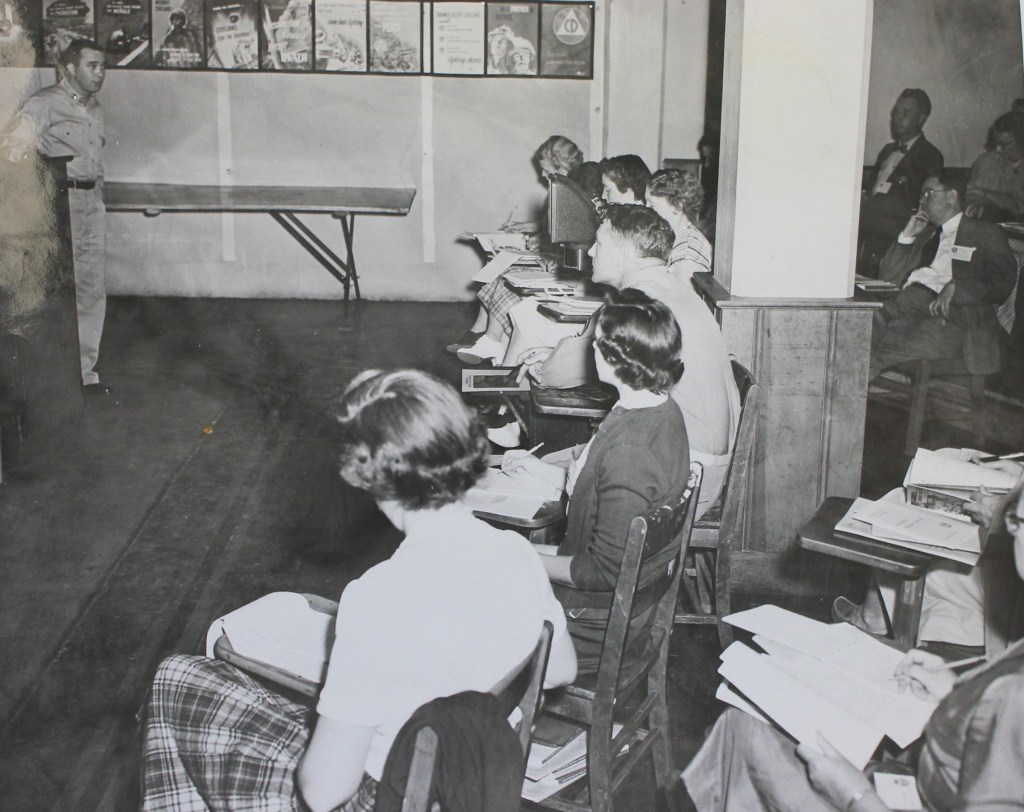Groeger, Cristina Viviana. The Education Trap: Schools and the Remaking of Inequality in Boston. Cambridge, MA: Harvard University Press, 2021.
Reviewed by Erika M. Kitzmiller

For centuries, social reformers and elected officials have insisted that education is central to reducing the inequities between the rich and poor, and in turn, to generating a more equitable society. On the first page of The Education Trap, Cristina Viviana Groeger notes that this relentless faith in education to address inequality fails to reckon with a gnawing paradox: the United States ranked second-highest globally for the average years of schooling for individuals over the age of 25 and has some of the highest levels of economic inequality and lowest levels of social mobility across the Global North. In other words, high levels of educational attainment coincide with ever-expanding inequality and, as many historians have shown, often confer yet more advantage on the already advantaged. If this is true, then education cannot be the “great equalizer” that Horace Mann proclaimed it could be centuries ago—and that people continue to proclaim it might be today.
Groeger situates her examination of this paradox in Boston, a majority-white city with some of the most well-resourced public and private schools and college and universities. The study covers roughly the period between 1880 and 1940, a time when high schools were rapidly expanding across the country. Boston outpaced most other cities in the Northeast and Mid-Atlantic regions with its commitment to expand public schools, particularly for the white, immigrant youth who called Boston home.

To make her case, Groeger leverages innovative sources and methods—most notably the IPUMS data base—and an array of primary and secondary sources, to illustrate the ways that education failed to generate social mobility and end income inequality. The book starts with a detailed analysis of nineteenth century networks that individuals, particularly the already advantaged, relied on to secure employment. Building upon the existing work on social networks, Groeger pushes this body of literature back to the nineteenth century when, as she writes, “schools were not essential sites of job-training for the vast majority of people.”
Groeger reminds us that during the late nineteenth and early twentieth centuries Boston became a national leader in the expansion of education options—both public and private. In the next chapters she illustrates the ways that education failed to translate into secure, long-term employment outcomes for the majority of the city’s population—white working- and middle-class ethnics as well as female youth who often surpassed male youth in educational attainment, but not in economic security. In these chapters she illustrates how policies and practices designed and instituted by the well-to-do who controlled the educational and labor markets stunted educational social mobility. Despite the work of activist female teachers and the youth themselves, the educational gains that Black, female, and working-class youth obtained rarely, if ever, translated into the labor outcomes we imagine they might have facilitated.

Groeger ends with a careful analysis of the professional classes and the corporate world that pushes this argument further, noting the ways that Boston’s elite deliberately created barriers in the educational and labor markets to prevent disadvantaged individuals from gaining access to the educational institutions, economic opportunities, and cherished networks that had been reserved for the upper class for centuries. Groeger shows that even in the rare times that non-elites made progress in educational institutions, their elite male peers found inventive ways to bar them from economic, political, and social advancements.
Groeger is right that education alone, in the absence of a robust social welfare state, cannot alleviate economic inequality. And yet, for many low-income, first-generation, BIPOC youth and their families schools are one of the few pathways we have in this capitalist country that have provided social mobility—perhaps not for the masses, but for individuals who defied the odds and gained access to the resources and credentials that these institutions provide.
As she suggests in her conclusion, we need to continue the fight to secure resources for education and to find ways to secure living wages in the labor market. Public school educators, as Groeger notes, have led the way pushing all of us to move the educational debate away from the individual to the larger “role of power in politics and the economy.” We should heed their call and reconsider the idea that education alone will alleviate inequality. As Groeger shows, education alone never has.

Erika M. Kitzmiller is a term assistant professor of education at Barnard College, Columbia University. A historian of education and inequality, her book, The Roots of Educational Inequality: Philadelphia’s Germantown High School, 1907 – 2014, is forthcoming from the University of Pennsylvania Press in December 2021.
Featured image (at top): Ladybird Johnson visits students enrolled in Head Start, circa 1968. Robert L. Knudsen, White House Photo Office Collection, National Archives.


